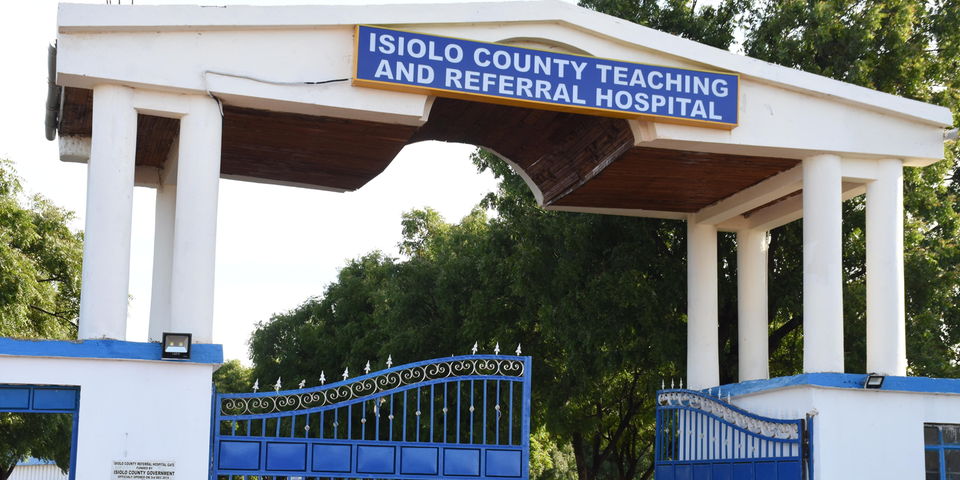Efforts towards attainment of open defecation free status in most Western Kenya counties have received a major boost following the initiation of a Sh2billion sanitation project by the United States Agency for International Development (USAID).
The five-year project that will be implemented through a market approach will build synergy of the sanitation marketplace where buyers, sellers and designers of sanitation products can interact meaningfully in a productive way, enabling easy access to sanitation facilities in remote areas.
The project Chief of Party (CoP), Dr. Paul Orengo, said that an analysis conducted by Water, Sanitation and Hygiene Partnerships (WASHpals), revealed that only a small percentage of the population in the target counties require interventions that will be geared towards basic access to sanitation.
“This is a market based sanitation which means that we recognize that part of the population in these eight counties of Western Kenya may still be open defecation zones, meaning that these are communities or societies which do not have toilets,” he noted.
He said, in Kakamega upto 54 percent of the population are ripe for safely managed sanitation, where they have basic access to sanitation and hygiene facilities which only needs slight improvement.
“The improvement could mean even though they have pit latrines in the case of rural folks, these pit latrines may not have been structured or build with the right set of materials for example the soil type where in some places mudslides can cause their collapse,” Dr. Orengo explained.
By the end of the five-year period, the project will have also reached out to more than 500 000 households with menstrual hygiene management services as part of the interventions towards improved sanitation.
“Our project targets rural areas, peri-urban areas as well as urban areas. The sanitation and hygiene needs of these three categories of populations can be totally different,” he said
Kakamega County, is one of the beneficiary counties; the others are Busia, Bungoma, Kisumu, Siaya,Homabay,Kisii and Migori.
In Kakamega, latrine coverage stands at 85 percent with heightened interventions to achieve 100 per cent coverage on course through the Community Led Total Sanitation(CLTS).
The County has a total of 3,084 villages with 826 already declared open defecation free.
The County Director of Public Health, William Olaka, said Community Health Volunteers(CHVs) have previously engaged community members on social behavior change, however, their efforts have not borne much fruit due to inadequate funding.
“This community led total sanitation has not succeeded fully because of lack of enough funding, in the Ministry of Health, we consume a lot of county resources and the biggest chunk of this goes towards curative services,” he noted.
He noted the county relies on partners to support part of what the health sector seeks to achieve with regard to sanitation.
“We are therefore grateful that the USAID Western Region Sanitation Project is coming in and it will support us to improve sanitation in Western province. They are coming up with an approach called sanitation marketing, which is all about using all the locally available materials in coming up with facilities such as latrines,” he added.
Open Defecation Free(ODF) was initiated by the Government and is part of the Vision 2030 projects that adopted Community Led Total Sanitation towards improved sanitation in rural areas.
